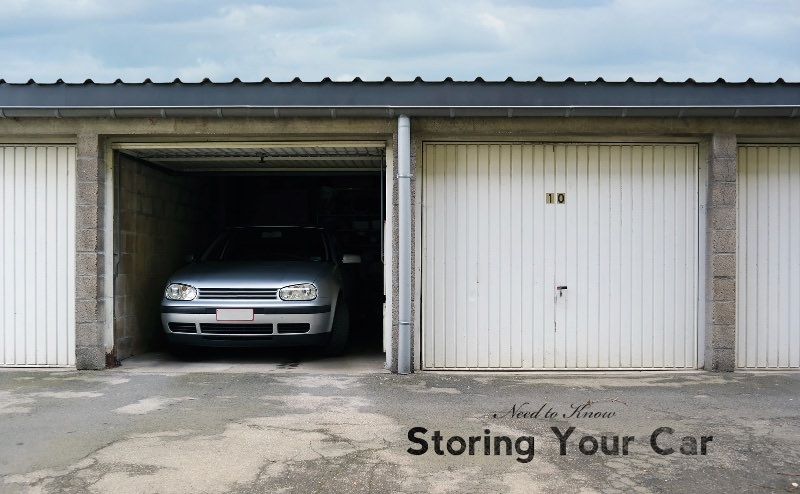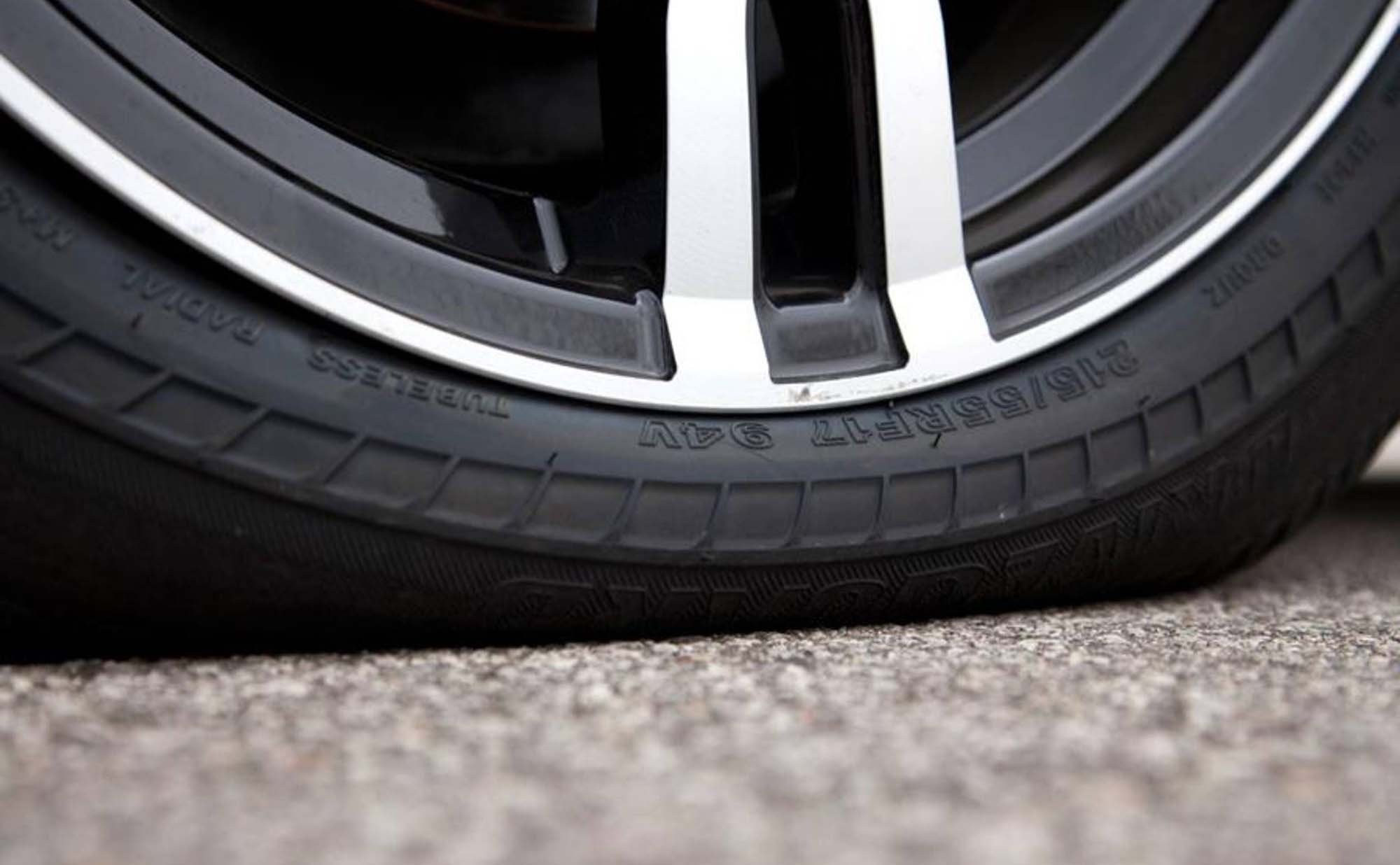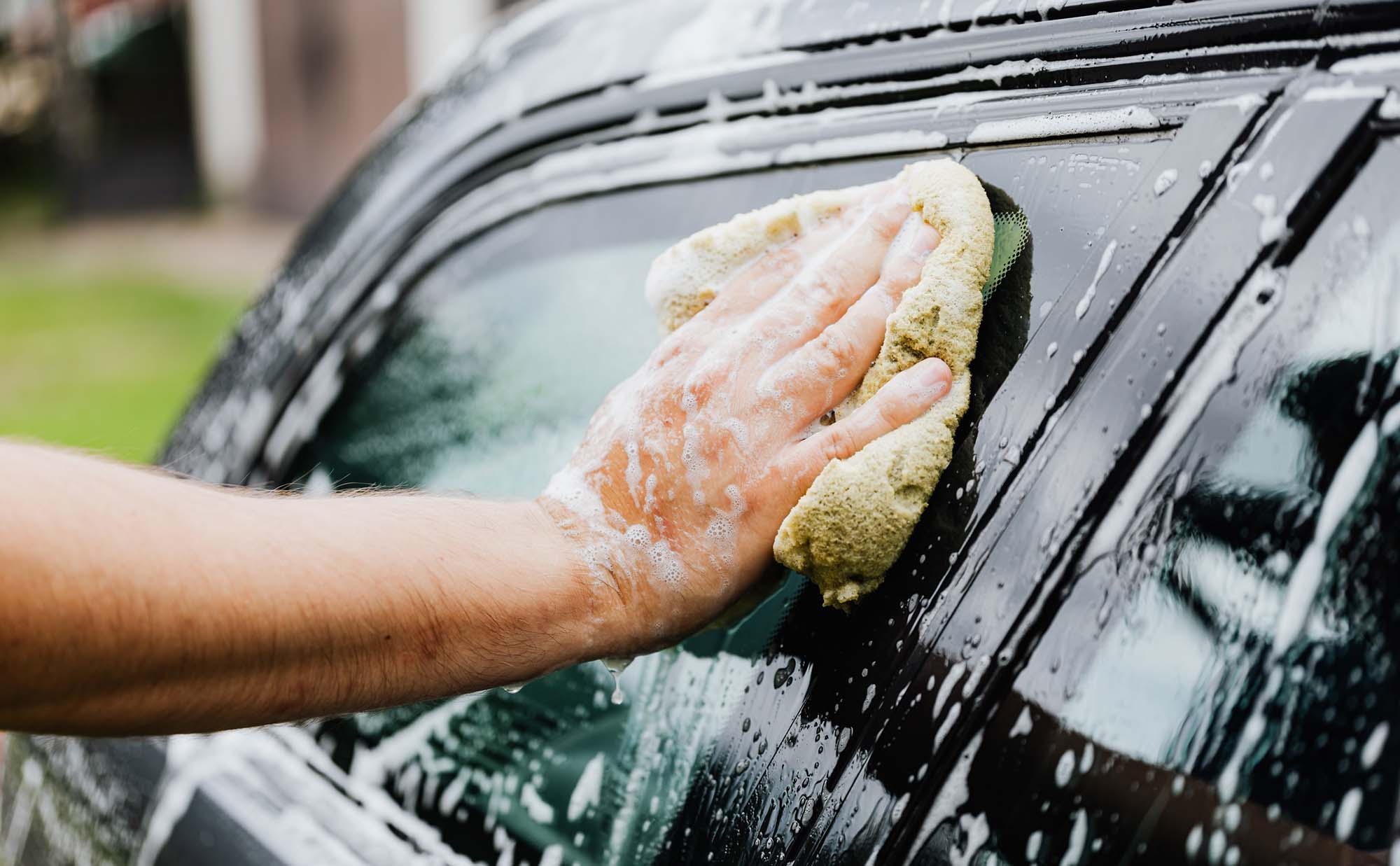Run flat tires are all the rage, but they aren't right for everyone (or every vehicle). Here is a list of the pros and cons, so you can make an informed choice.
Since winter conditions are so harsh on vehicles, many drivers (especially vintage/sports car owners) choose to store their prized possessions during the winter months. Storing a vehicle properly, though, requires more than just putting it in park in a garage. There are a few steps you should take to get your vehicle ready for storage and a few little tricks to make the actual storage of your vehicle more successful. Let’s take a look at the best practices, most steps just take a few minutes.
Before You Store
- Choose the perfect location. The ideal storage location for your vehicle is a dry, dark location with limited access and blocked from the elements. Concrete floors are best to keep away any moisture.
- Flooring is essential. If you must store your vehicle on a dirt or grass floor, place a plastic barrier under the car and carpet or plywood under the tires.
- Wash & Wax. Believe it or not, using a vehicle cover often CAUSES scratches to the paint. This happens when a car with dirt and dust is covered up, as the particles are rubbed across the paint by the cover. Before you store you should wash and wax your vehicle to protect the paint.
- Fill ‘er up. Be sure to fill the gas tank with fuel (preferably premium gasoline) prior to storing the vehicle. The more gas in the tank, the less room there will be for air. Air in the tank for an extended period of time can lead to fuel contamination and possibly rust within the tank.
- Use a Fuel Additive. Also known as a fuel stabilizer, this is the same stuff that boaters use for their boat motors as they only use them in the summer months. This additive prevents the gasoline from going “rotten” or “stale”.
- Tune ‘er up. Before storage, change the oil and oil filter in your car. Clean oil will reduce the risk of harmful contaminants working through your engine components.
- Top ‘er up. Check to make sure the antifreeze is not watery and add however much it needs to be full. Also top up the tires so that a flat doesn’t damage your rubber and rims during the off season.
- Call ICBC. Click here to learn about how insurance coverage changes when a car is in storage. You need to let them know if you are storing away from your home.
Storing Your Vehicle
- Stop the smells. Put a few open boxes of baking soda in the dashboard, backseats, and trunk. This will help reduce odours that build up during storage in the wet season.
- Bug protection. Place tin foil or plastic bags around openings to your vehicle. This will help keep insects and spiders from making your vehicle their new home.
- Place it on a jack. If you store your vehicle on a jack you can help prevent tires from getting flat spots from extended storage periods.
- Get a Battery Saver. Disconnecting the battery will keep it fresher longer, but a car battery unused for months will still discharge. With new cars whose radios are theft proofed, disconnecting the battery can play wreak havoc to the car’s memory. The best solution is to buy a battery saver. It is somewhat like a battery charger, but it senses and charges a battery only when it is getting a bit low instead of constantly charging it and then frying it out after months of storing. On some cars the radios will have to be recoded, which sometimes means you have to pull the radio out and get the serial number off the back to then phone the dealer and get the access code. The idle system can get fouled up and the car will stall for the first 3 hours of putting it back on the road. Sometimes even the power windows and power locks get muddled all because of disconnecting the battery. A Battery saver is your best bet for getting back on the road quickly come spring.
- Cover it up. Now that it is washed and waxed you can safely cover it to protect from fading and water drops.
That should give you everything you need to know before you store your prized possession during winter. In a few months we will write the companion article with some tips on how to bring your car out of storage safely. Until then, be in touch with any questions, we would love to hear from you.




